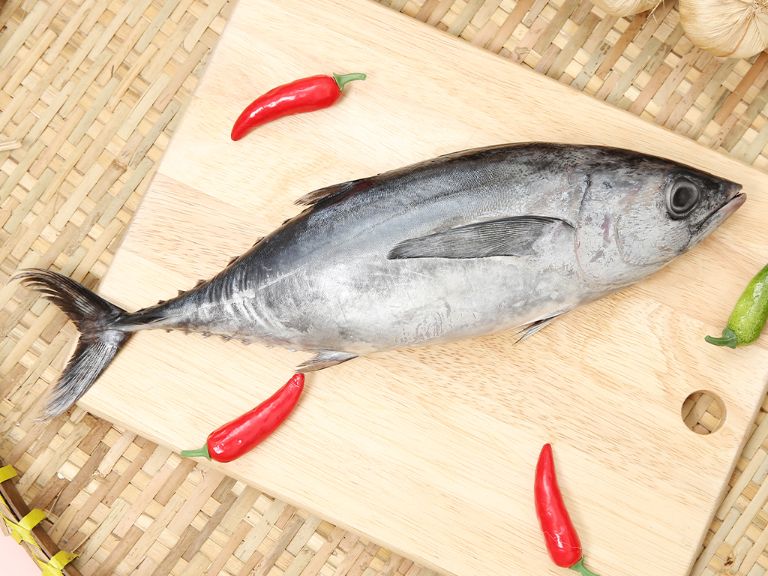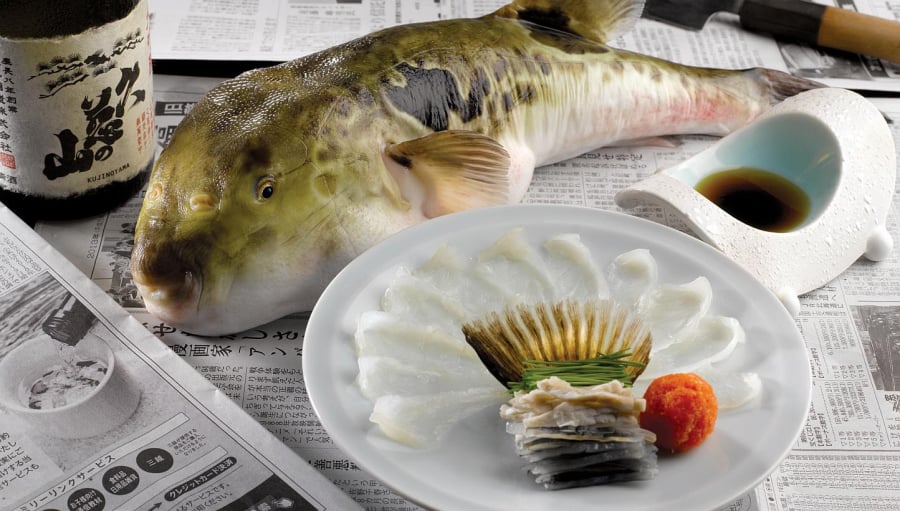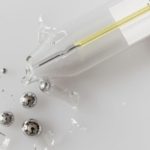Fish
This is also a type of fish on the list of fish species with high mercury content. Although tuna is popular, you should avoid eating it to limit the risk of mercury poisoning. Therefore, you should limit eating tuna to avoid bringing more serious illnesses to your body.
At the same time, according to US nutrition experts, this is a type of fish that Vietnam has a lot of and also exports to foreign countries. However, when testing for mercury and malachite green, people in the US put our catfish on the list of dirty fish to be avoided.
Poison puffer fish
Poison puffer fish is a dangerous fish for everyone, when eaten not only infected with mercury but also causes fatal poisoning. Therefore, people should not eat poison puffer fish. Especially for pregnant women, they should absolutely not eat this type of fish. In addition, poison puffer fish contains toxic substances tetradotoxin in eggs and hepatoxin in the liver which are very dangerous. These toxic substances can poison the body and be life-threatening if not processed correctly.

Marlin fish
According to nutrition experts, marlin fish is a marine fish species with a high mercury content. If you eat marlin fish too much, it will increase the risk of methylmercury poisoning. Therefore, this is also a type of fish that nutrition experts recommend not to eat too much, to avoid the risk of poisoning and adverse effects on your health.
Farmed salmon
While wild salmon eats organisms in the water environment, farmed salmon is fed a lot of fat and industrial food to make the fish bigger. However, because of that, farmed salmon contains a lot of calories and saturated fats but few minerals. The ratio of omega-3 and omega-6 in farmed salmon is also lower. In addition, if the salmon farm does not ensure hygiene, the salmon will also be contaminated with toxins such as dioxin and PCB.

Eel fish
One of the fish species that is considered to contain heavy metals is eel fish living in stagnant water environments such as swamps and ponds. The reason is that these types of fish, when living for a long time in unhealthy environments, are prone to being contaminated with toxins in the environment and they absorb and store toxins in their meat and blood, which makes the fish toxic. When we humans eat a lot of this type of fish, it will also be extremely harmful to our health.
How to cook properly to avoid harm
– All seafood, including shrimp, fish, and clams, should be fully cooked to remove all toxins.
– Buy fresh and clean food. Preparing it properly and storing it in the refrigerator if you are not going to eat it immediately.
– Avoid eating raw fish, such as sushi, as there is a higher risk of bacterial contamination.
– Pregnant women should eat fish in the recommended amount by the doctor and avoid eating too much.
Safe Handling of Broken Mercury Thermometer – What You Need to Know
 Mercury Thermometer – What You Need to Know’>
Mercury Thermometer – What You Need to Know’>Are mercury thermometers dangerous? How do you handle it if it breaks? Dien May XANH takes an in-depth look at the risks and safety measures for broken mercury thermometers. Read on to find out more!


































